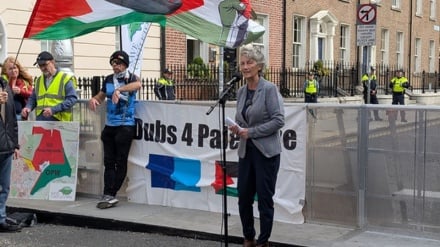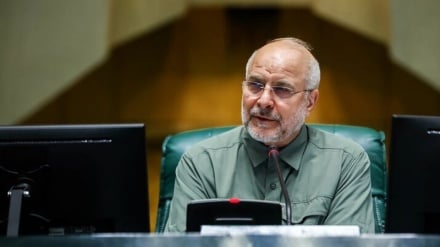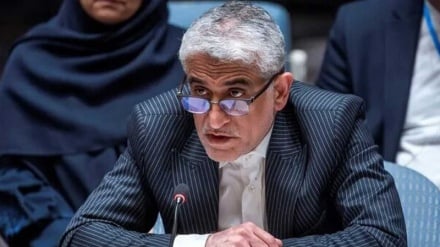Israel intends to permanently occupy several areas in Gaza
-
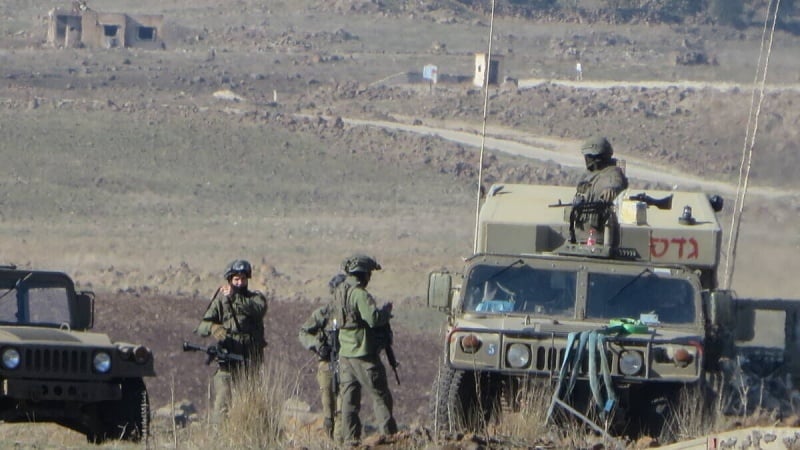
Israel intends to permanently occupy several areas in Gaza
Pars Today - The "Kan" network of the Zionist regime has reported on a plan according to which Tel Aviv intends to maintain its forces in three strategic areas in Gaza even after a ceasefire and the implementation of a prisoner exchange agreement.
According to Pars Today, the "Kan" network of the Zionist regime announced that the officials of this regime, in a plan presented to the US government, have informed them of their decision to maintain a long-term military occupation in three strategic points inside and around the Gaza Strip.
This plan is part of a program that is scheduled to be implemented after the prisoner exchange agreement is executed and the gradual withdrawal of Israeli forces from Gaza begins, based on the proposed plan by Donald Trump, the President of the United States.
Based on the report by the Zionist Kan network, which has been confirmed by informed but unspecified sources, Tel Aviv, in an official message to Washington, announced that its forces will remain in three key areas, including: the "buffer zone inside the Gaza Strip," the "Philadelphia Corridor on the border between Gaza and Egypt," and "Hill 70 (Tal Al-Muntar) in eastern Gaza."
The Zionist regime's Kan network claims that these areas are "vital" for Israel because they provide high military visibility and control over northern Gaza, Gaza City, and the Jabalia camp.
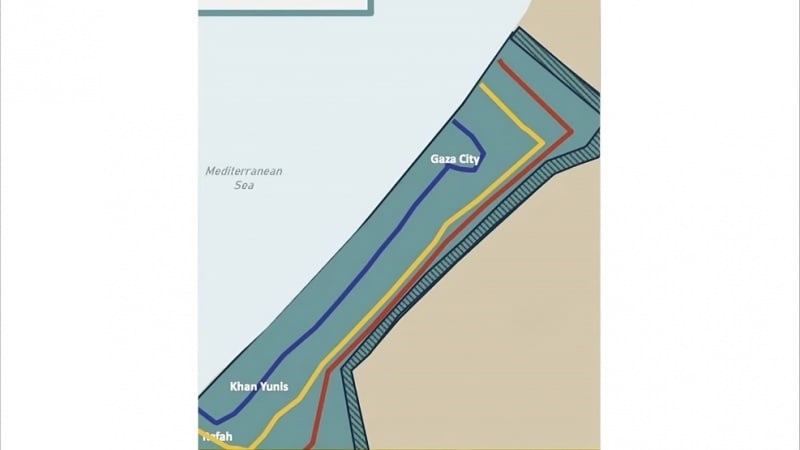
According to KAN, Israeli officials have explained in their proposal to the United States that these three areas will form the basis for "field and surveillance superiority," and that Washington understands the "Zionist regime's need to maintain a presence in these areas."
According to the details published in this report, the Zionist regime's plan includes several stages: In the first step, military forces will withdraw from the conflict zones after the hostages are returned, but will temporarily remain inside the "Yellow Line" within Gaza. In the second stage, coinciding with the entry of foreign forces under a US-led mission to manage the security situation, the Zionist regime's army will retreat to the "Red Line."
In the final stage, the occupying forces will be stationed on Gaza's borders and will maintain control over the Philadelphia Corridor and the strategic hills east of Gaza to prevent what Tel Aviv claims are "future threats."
Meanwhile, Arab sources, including the UAE's *Al-Ain* newspaper, have reported that in indirect negotiations with Hamas, Tel Aviv has demanded to maintain its presence in the area between the Philadelphia Corridor and the Muraj axis. However, Hamas insists that any agreement must include the complete withdrawal of Israeli forces from all territories of Gaza.
According to *Al-Ain*, the Zionist regime wants to create a buffer zone ranging from several hundred meters to several kilometers inside Gaza, but Hamas has firmly rejected such a plan. Furthermore, while the occupying regime speaks of three areas for a prolonged occupation, according to the Trump plan, the Zionist regime is only permitted a long-term presence in one "security zone."
However, in its conditional agreement to the Trump plan, the Hamas movement made no mention of viewing positively a partial withdrawal by the Zionist regime that does not involve the complete exit of its forces.
The consistent condition of the Hamas movement in all negotiations has been the management of Gaza by a fully Palestinian entity and the non-interference of the occupying regime in this matter.
